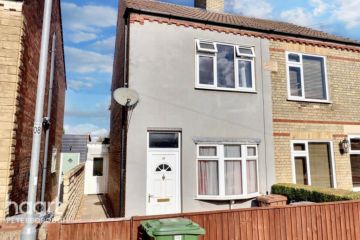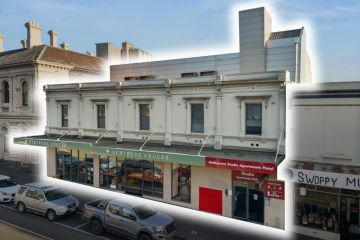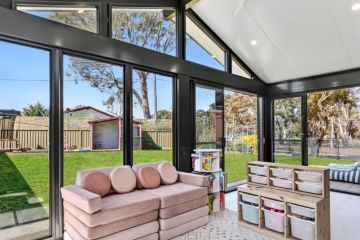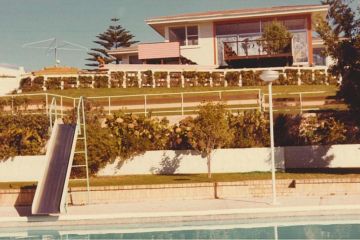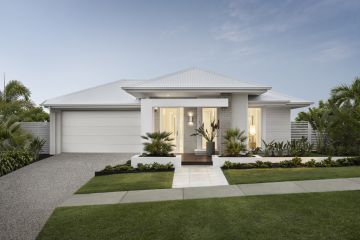Victoria's poor quality houses could become solar ovens 'cooking' people inside
If Victoria swelters through another heatwave similar to that before Black Saturday, our poor quality houses could become solar ovens “cooking” those inside, experts warn.
Much of the state’s housing falls well below minimum energy efficiency standards; meaning heat is easily trapped inside houses, forcing a reliance on airconditioning, which overstresses supply and creates blackouts. Inside “hotboxes” in which they cannot cool, humans face deadly heat stress.
Hot weather killed 374 people during the heatwave preceding Black Saturday in 2009 — more than double the fires themselves. An estimated 500,000 properties were left without power, with Melburnians fleeing to the comfort of cinemas and shopping centres.
As climate researchers predict longer and hotter heatwaves, experts say Australian housing is not prepared for a repeat of summer 2009.
“We have this culture of, ‘it’s Australia, it’s hot, suck it up and get on with it’,” Sarah Perkins-Kirkpatrick, a University of NSW researcher among those predicting more exreme heatwaves, said. “But the consequences could be severe.”
Climate scientist David Karoly expects the number of days above 35 degrees in Melbourne to double in about 50 years. Projections showed suburbs such as Laverton, which hit about 47 degrees during 2009, could reach up to 50 degrees.
“For our buildings, that means it is critically important to ensure we have very good heat protection,” the University of Melbourne professor said.
But not only does Victoria have a low six star energy efficiency standard — a rating illegal in other comparable countries — studies have shown many projects that achieve the design standard, fall short after construction. A recent state government study showed Melbourne houses achieved a meagre three out of 10 stars on average.
The problem is the industry is geared towards a developer’s bottom line, experts such as RMIT planning professor Michael Buxton and the Alternative Technology Association’s Damien Moyse say. Many new builds did not consider sun orientation, eaves or shading, and featured large amounts of glass and energy-guzzling appliances.
Basic insulation, a concrete slab and double glazing had been enough to get most designs over the line, RMIT adjunct professor Alan Pears said.
“You get a situation where a house with unshaded glass, facing a silly directions can qualify for six stars … but when the sun shines in, the insulation traps the heat,” Professor Pears said. “Over a series of hot days, it builds up. What you create is a solar oven, with people cooking inside.”
When the body tries to cool down in this scenario, blood vessels open to exchange heat with the environment, Australian National University heat expert Dr Liz Hanna explained.
“Our mechanism is to shed heat into the environment, largely because we evolved when the world was a lot cooler,” Dr Hanna said. When vessels open, the heart works harder to keep blood pressure up, leading to heart attacks and renal failure. While the elderly, young children and people with existing health conditions were most exposed, extreme heat puts everybody at risk, she said.
Sustainable developer Brendan Condon, who is advocating for the building industry to adopt standards for “climate safe housing”, said economic viability was not longer an argument against building energy efficient homes. Such standards only added up to 3 per cent extra to a build, he said, and could reduce energy bills to as little as $500 a year.
We recommend
We thought you might like
States
Capital Cities
Capital Cities - Rentals
Popular Areas
Allhomes
More

